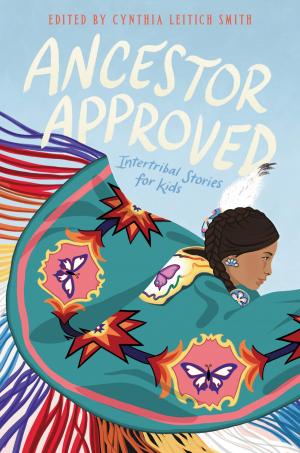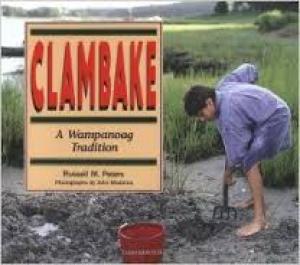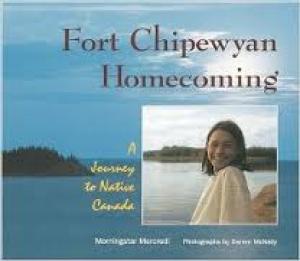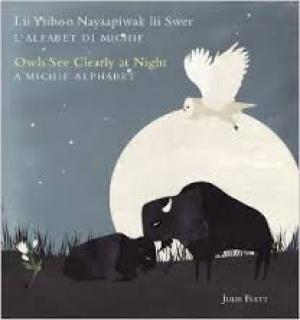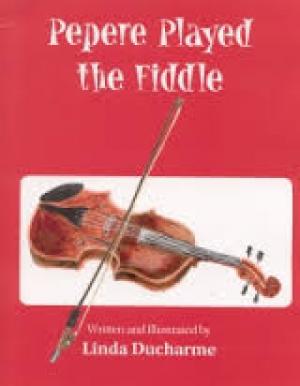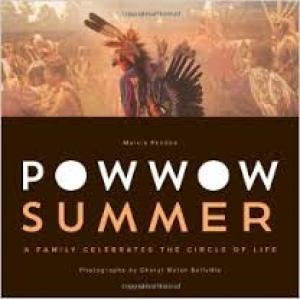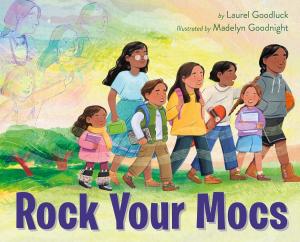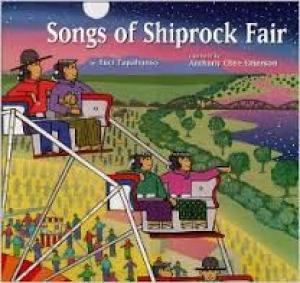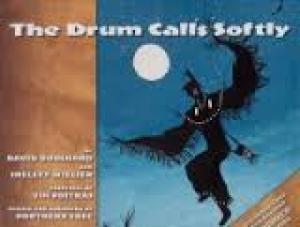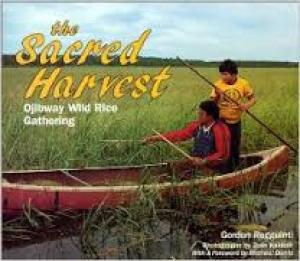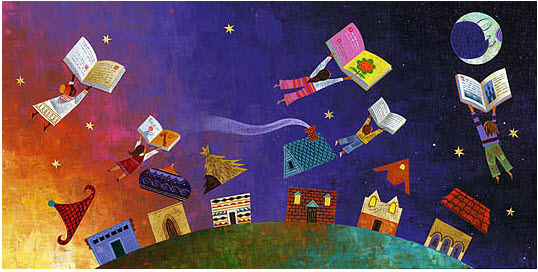Festivals and Celebrations: American Indian / Alaska Native Heritage
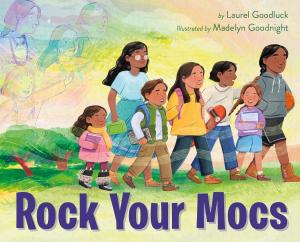
Learn about these Native festivals and celebrations, as well as the music, food, activities, and traditions that makes each event unique.
Other Resources
Find more American Indian/Alaska Native (AIAN) titles through:
- Colorín Colorado's AIAN Booklists and Book Finder
- American Indian Youth Literature Award
- Indigenous Reads Rising (We Need Diverse Books)
- Native Children's and Young Adult Books and Resources (Cynthia Leitich Smith)
- American Indians in Children's Literature (Dr. Debbie Reese)
Ancestor Approved: Intertribal Stories for Kids
Native families from Nations across the continent gather at the Dance for Mother Earth Powwow in Ann Arbor, Michigan. Edited by award-winning and bestselling author Cynthia Leitich Smith, this collection of intersecting stories by both new and veteran Native writers bursts with hope, joy, resilience, the strength of community, and Native pride. Created in partnership with We Need Diverse Books.
Clambake: A Wampanoag Tradition
For the Wampanoag Indians (the descendants of those who greeted the Pilgrims at Plymouth in 1620) in Mashpee, Massachusetts on Cape Cod, the clambake is more than just a many-splendored outdoor dinner; it is a traditional ceremony of their people. Twelve-year-old Steven Peters, grandson of the author, learns from Peters the history and traditions of their people, including the creation of a special clambake. — School Library Journal (We Are Still Here: Native Americans Today)
Fort Chipewyan Homecoming: A Journey to Native Canada
In this photographic essay, 12-year-old Matthew Dunn takes a trip to Fort Chipewyan in Alberta, Canada, to learn about his Chipewyan, Metis, and Cree heritage. His visit to relatives coincides with the community's celebration of Treaty Days, commemorating the 1899 agreement that gave the Chipewyans hunting and fishing rights as well as reservation land. Each year the people gather for games, dances, sports, and feasting. — School Library Journal (We Are Still Here: Native Americans Today)
Itse Selu: Cherokee Harvest Festival
The elements of the long-ago Cherokee harvest festival (Itse Selu) are presented in a fictionalized format as readers follow a young boy's experiences on the last day…Several Cherokee words are introduced, with pronunciations, within the warm, simple story. — School Library Journal
Meet Naiche: A Native Boy from the Chesapeake Bay Area
Meet Naiche Tayac, an 11-year-old Piscataway/Apache boy. Following Naiche's daily life at school and at home, young readers will learn about significant Piscataway places and ceremonies, get to know Naiche's grandfather and great-grandfather — both important chiefs — and accompany Naiche and his family to the annual Awakening of Mother Earth celebration. (My World: Young Native Americans Today) — National Museum of the American Indian
Owls See Clearly at Night: A Michif Alphabet/Lii Yiiboo Nayaapiwak lii Swer: L'Alfabet Di Michif
Product Description: This picture book is a small glimpse, from A to Z, of some of the sights and sounds of the Michif language and its speakers. The language of the Métis, Michif is a combination of French and Cree with a trace of other regional languages. Once spoken by thousands of people across the prairies of Canada and the northern United States, Michif is now so little spoken that it might disappear within a generation. This alphabet book is part of a resurgence to celebrate and preserve the traditions of the Métis people.
Pepere Played the Fiddle
Youngest readers and listeners are invited to this 1940s-era house party of fiddling, spoon-playing, feet-tapping and dancing. In English with Michif words sprinkled throughout, Pepere Played the Fiddle is a celebration of Métis life and culture. — Oyate
Powwow Summer: A Family Celebrates the Circle of Life
Product Description: Marcie Rendon follows Sharyl and Windy Downwind and their children as they travel from their home on the Red Lake Reservation in Minnesota to powwows all around the region. At ceremonies and in daily life, Windy and Sharyl celebrate Anishinaabe (Ojibwe) culture by teaching their children traditional skills, dance steps, and lifeways, all part of the circle of community and the seasons and life.
Rock Your Mocs
In this happy, vibrant tribute to Rock Your Mocs Day, observed yearly on November 15, author Laurel Goodluck (Mandan, Hidatsa, and Tsimshian) and artist Madelyn Goodnight (Chickasaw) celebrate the joy and power of wearing moccasins — and the Native pride that comes with them.
Songs of Shiprock Fair
The oldest fair in the Diné (Navajo) Nation is held annually in Shiprock, NM. This story follows young Nezbah through the event, from the excitement of waking on the first morning to the last moment of the festivities when her father carries her, tired and happy, into the house. The illustrations are done in a lively folk-art style in vibrant colors evocative of the Southwest. — School Library Journal
The Drum Calls Softly
An elegant addition to any personal, academic, or community library Native American Studies collection, The Drum Calls Softly is an impressively presented picturebook co-authored by David Bouchard and Shelley Willier and superbly illustrated with beautiful paintings by Jim Poitras. The theme drawn from the drumming ceremonies of the Northern Cree and enhanced with the inclusion of an audio CD featuring singing and drumming by Cree performers. The lyrical text is bilingual and features both the original Cree and an English language translation.
The Sacred Harvest: Ojibway Wild Rice Gathering
Glen Jackson, Jr., is an 11-year-old Ojibwe Indian from the Leech Lake reservation in Minnesota. His people are wild rice growers, and the annual harvest has as much spiritual meaning for his people as the raising of corn, beans, and squash does for the Hopi and the Seneca. Glen is taking part in the ritual for the first time and is worried that he won't be strong enough to push the canoe through the rice beds without tipping over. — School Library Journal (We Are Still Here: Native Americans Today)
When We Gather (Ostadahlisiha): A Cherokee Tribal Feast
Nothing welcomes spring like a wild onion dinner! As the dirt warms and green sprouts poke up, a Cherokee girl joins her family in the hunt for green onions. Together, they pick enough to bring to a feast, which is cooked with love and shared by their community.
Idalisdayvhvga!
Let’s all eat!
Multicultural Literature
See more great related resources and videos in our Multicultural Literature section!

